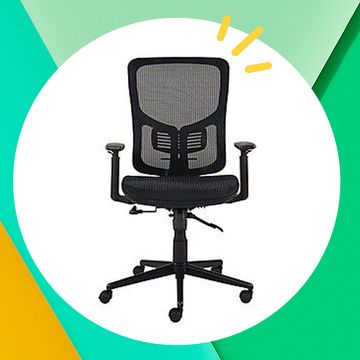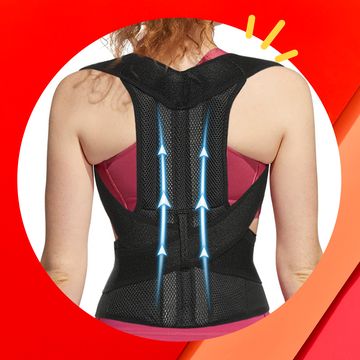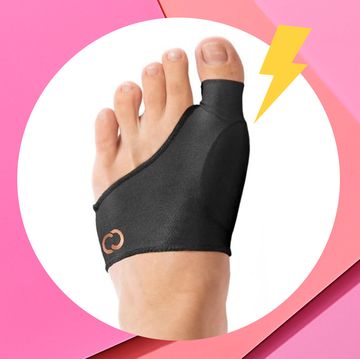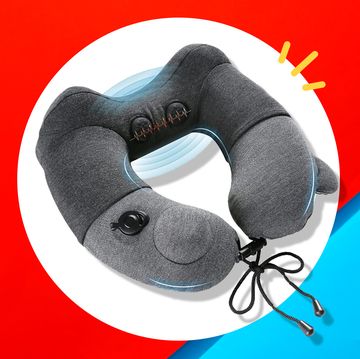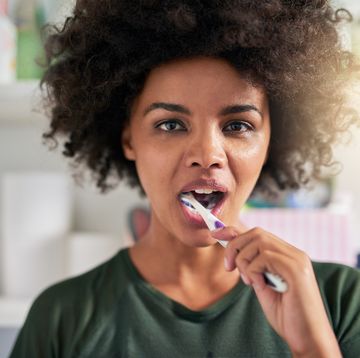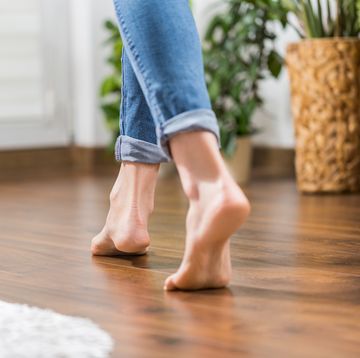Lindsay Burkett, 23, had the job of her dreams: working on Capitol Hill as a congressional aide. Grueling 12- to 15-hour days were the norm, but she thrived in high-pressure environments. When she accepted the job, Lindsay knew the migraines that had started when she was 16 were likely to come with her. But now, the debilitating headaches lasted a week at a time—and were accompanied by panic attacks that caused chest tightness, a racing pulse, back and neck pain, and a general mental fog. She fell into bed at night on the brink of exhaustion, sobbing and flushed with anxiety.
Finding no physical cause for her issues, Lindsay's doctor sent her to a psychiatrist, who prescribed antidepressants that did little to ease her symptoms. She suffered for three years, until one day, her mother sent her an article that showed a possible link between anxiety disorders and migraines and a surprising cause: gluten intolerance. Could her panic attacks be caused not by nerves, but by the sandwiches she ate for lunch? The article was from the Kaplan Center for Integrative Medicine in McLean, Virginia. Lindsay made an appointment with the center's director, Gary Kaplan, D.O., an osteopathic physician, immediately.
Connecting the Dots
For years, Kaplan had noticed that patients were coming in with multiple physical and emotional symptoms (not just a migraine or depression, for instance, but both). He suspected there was a common denominator. "One night I read a study suggesting that some forms of physical and emotional pain were caused by neuroinflammation—inflammation in the brain," says Kaplan. "I wondered whether they were opposite sides of the same coin."
Inflammation can actually be a good thing: When you catch a virus or scrape your knee, your immune system floods the injured area with white blood cells to help wipe out infection. When the threat has abated, your immune system calls back the troops. But within the past decade, researchers have begun to realize that sometimes, the immune response keeps occurring long after the infection is gone. Scientists refer to this as chronic inflammation and have linked it to some heavy-hitting conditions, including heart disease and diabetes.
Kaplan hypothesizes that one form of chronic inflammation, specifically the overactivity of immune cells in the brain called microglia, is at the root of unexplained chronic pain and depression. His theory: When physical injury, psychological trauma, bacterial and viral infections, and environmental toxins stress the central nervous system, microglia respond by secreting chemicals to destroy the invaders. If a person gets bombarded with a series of these physical injuries or emotional blows, microglia can get stuck in the "on" position, continuing to spew out inflammatory chemicals even after the trauma that originally caused them to become active has already healed. The result, Kaplan believes, can cause mysterious chronic pain, depression, anxiety disorders, fibromyalgia, headaches, and post-traumatic stress disorder—alone or in combination with dozens of other problems that can be caused by chronic neuroinflammation.
Calming Down Inflammation
If Kaplan's theory is right, it could change the way doctors treat unexplained chronic pain and depression. When a patient complains of general fatigue, depression, and pain, doctors typically take X-rays, MRI's, and blood tests. If they find nothing, they often suspect a psychological cause and refer the patients to a psychiatrist, as Lindsay's did.
For these patients to recover, Kaplan thinks, we have to address and treat each ongoing assault that has caused the microglia to become switched on in the first place. According to his theory, only when that happens do the bigger symptoms, like chronic pain and depression, disappear. "You have to treat the roots, not the leaves," says Kaplan.
In Lindsay's case, a series of tests showed that she was deficient in a number of essential vitamins and minerals. Ironically, this bright, up-and-coming congressional aide in one of the richest countries in the world was suffering from malnutrition. Although she didn't know it, Lindsay had severe gluten intolerance.
Every time she came in contact with gluten, it created an inflammatory state in the lining of her intestines. No matter what she ate, that inflammation prevented her from absorbing nutrients—and, Kaplan speculates, caused her microglia to switch on.
Kaplan treated the things that were exacerbating Lindsay's condition, one by one. She eliminated gluten from her diet, and because she was so malnourished, she had biweekly intravenous drips of magnesium and vitamin C. Acupuncture helped reduce inflammation, eliminate her migraines, and quell her anxiety. She took supplements to balance her nutrition and began practicing Pilates and yoga to improve her physical and mental well-being. Within a year, Lindsay's intestinal health was fully restored—and her panic attacks and migraines stopped.
Stacking Your Deck
No single supplement or pill can prevent microglia from "upregulating," or staying switched on. Says Kaplan, "the best way to avoid chronic pain of any kind is to fortify yourself against inevitable assaults to your health." In other words: If microglia aren't turned on, they shouldn't get stuck in that position. Here, five ways to take care of yourself.
Probiotics
Live probiotics can help restore gut health, aid digestion, and maintain a proper balance of bacteria in the digestive tract. Take at least 10 to 25 billion CFU's (colony-forming units). You'll need to pop a supplement; a serving of yogurt doesn't provide enough.
Green Tea
This cancer-fighting, metabolism-hiking beverage contains anti-inflammatory compounds that have been shown to lower LDL's (low-density lipoproteins), also known as bad cholesterol, which is linked to inflammation in the heart.
Dark Chocolate
The kind with 70 percent cocoa contains flavonols with antioxidant and anti-inflammatory properties. In moderate doses (1.5 ounces), it can help boost your mood, and possibly your HDL (high-density lipoprotein, or good cholesterol) levels as well.
Regular Exercise
One more reason to hit the gym: Working out not only gives you more energy but also might help switch microglia in the brain to the off position, though researchers aren't quite sure how.
Daily Meditation
The calming technique can lower inflammation, which has a positive impact on heart disease, back pain, headaches, hypertension, arthritis, and many other conditions. Aim for 20 minutes a day (or 10 minutes twice a day).
Check out Total Recovery, by Dr. Gary Kaplan, D.O., to find out more information about neuroinflammation and chronic pain.


